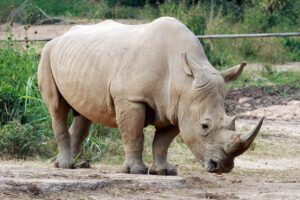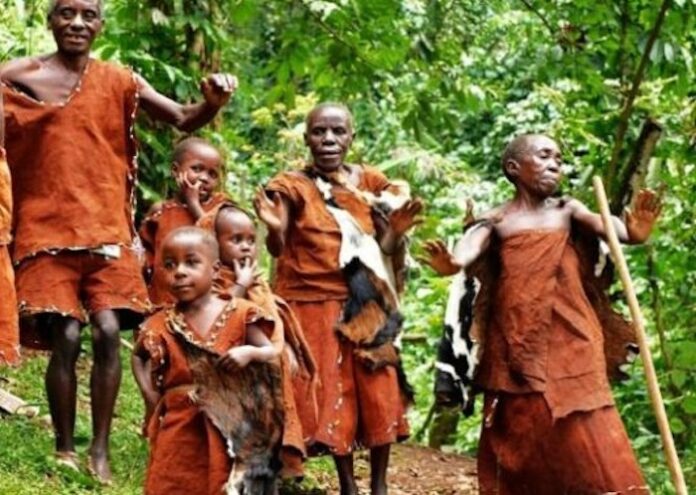Tourism in Uganda stands as one of the nation’s economic pillars, contributing significantly to the Gross Domestic Product (GDP) and providing employment opportunities. According to the Uganda Bureau of Statistics (UBOS), the tourism sector boasts a GDP contribution of 3.64 percent, with a workforce of approximately 1.6 million individuals, a majority of whom are women. However, despite these seemingly promising statistics, the reality on the ground tells a different story, particularly in the communities surrounding tourism sites in the Kigezi Sub-region.
A Tale of Unmet Promises and Persistent Poverty
In Kigezi Sub-region, particularly in areas neighboring Bwindi Impenetrable National Park and Mgahinga National Park, the communities have long struggled with poverty despite being in proximity to significant tourism hotspots. Mr. Abel Bizimana, the Chairman of Kisoro District, highlights the stark disparity between the revenue generated from tourism and its impact on the local populace. He emphasizes the urgent need for government intervention to empower these communities, citing the destruction of crop gardens by wild animals and inadequate infrastructure as key challenges.
Mr. Bizimana’s proposal to allocate a portion of the revenue from Gorilla Trekking Permits towards community development initiatives such as infrastructure improvement resonates with the pressing needs of the locals. He argues that this approach would not only benefit the communities directly but also enhance the tourism experience for visitors and foster sustainable growth for tour operators.
Infrastructure: A Crucial Missing Link
 The inadequacy of infrastructure emerges as a central barrier hindering both community development and tourism growth in the region. Mr. Ivan Mbabazi Batuma, Chairman of the Kigezi tourism cluster, laments the challenges faced by investors due to poor road networks, lack of essential utilities, and limited access to modern amenities like internet services. These deficiencies not only impede the delivery of quality tourism services but also deter potential investors, thus stunting the sector’s potential for growth.
The inadequacy of infrastructure emerges as a central barrier hindering both community development and tourism growth in the region. Mr. Ivan Mbabazi Batuma, Chairman of the Kigezi tourism cluster, laments the challenges faced by investors due to poor road networks, lack of essential utilities, and limited access to modern amenities like internet services. These deficiencies not only impede the delivery of quality tourism services but also deter potential investors, thus stunting the sector’s potential for growth.
Government Response and Future Prospects
In response to these pressing issues, government officials have acknowledged the need for intervention. The Uganda Wildlife Authority (UWA) Conservation Manager for Bwindi and Mgahinga national parks, Mr. Nelson Guma, reassures stakeholders of ongoing plans for tourism infrastructure development, albeit slowed by the impact of the COVID-19 pandemic. He underscores the importance of patience and highlights upcoming initiatives, including the construction of key roads like the Kisoro-Mgahinga National Park Road.
Minister of Tourism, Wildlife, and Antiquities, Mr. Tom Butime, echoes optimism regarding the future prospects of the tourism sector. Citing the significant revenue generated by both inbound and domestic tourists, he emphasizes the need for further reforms, including infrastructure improvements and aerodrome development, to unlock the sector’s full potential.
Conclusion: Balancing Economic Growth with Community Well-being
As Uganda’s tourism sector charts a path towards sustainable growth, it is imperative to address the longstanding disparities that persist in communities neighboring tourist destinations. By prioritizing community empowerment through targeted investments in infrastructure and livelihood enhancement programs, stakeholders can ensure that the benefits of tourism are equitably distributed. Only through a concerted effort involving government, private sector entities, and local communities can Uganda realize the full potential of its tourism industry while uplifting the lives of its people.

